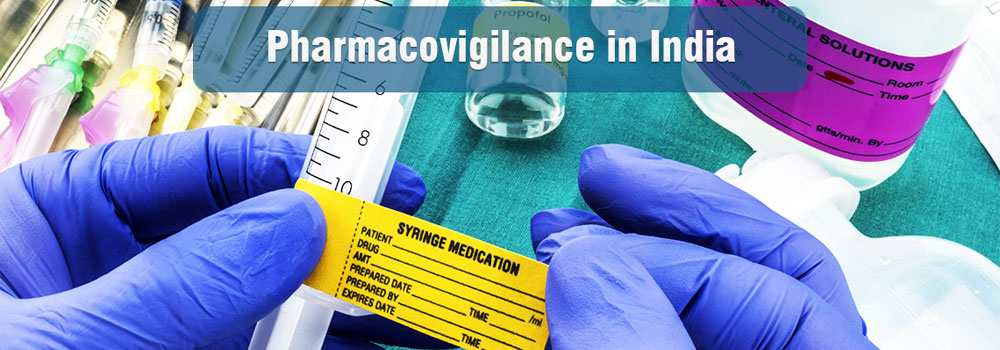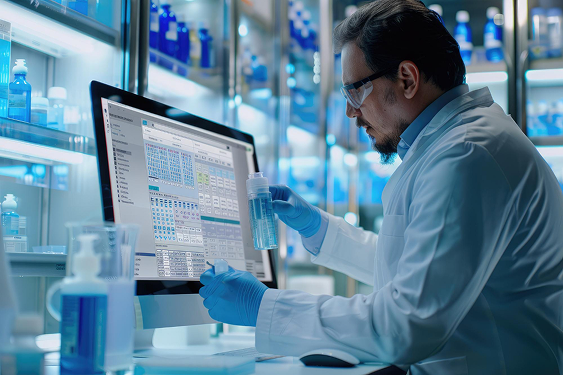Pharmacovigilance in India
Author: Arunkumar Devaraj, Director of Products and Solutions, Clinevo Technologies.
Date: 17-Jul-2019
The Indian Pharmacopeia Commission published a Pharmacovigilance Guidance Document for all Market Authorization Holders (MAHs) of Pharmaceutical Products in India, which was effective January 2018. The new guidance is heavily influenced by USFDA and EMA Pharmacovigilance regulations.
According to the guidelines: “MAHs are required to collect and process comprehensive safety information related to pharmaceutical products and reports to the regulatory authority within the prescribed timelines. Every MAH shall have a system in place that ensures the overall quality of AEs/ADRs.” Term “MAH” refers to the manufacturer or importer of the drug, who has a valid manufacturing or import license in India”.
According to the guidelines, below are the 6 key components that a Pharmacovigilance department of a MAH should consist of:
1. Pharmacovigilance System Master File (PvMF) & Pharmacovigilance Officer In-charge (PvOI):
- PvMF: (similar to the pharmacovigilance system master file PSMF) must contain all the information related to the MAH’s PV system, including the PV Officer In-charge (PvOI), PV organization structure, sources of safety data, PV processes and PV systems.
- PvOI: PvOI shall have sufficient authority over the pharmacovigilance system and be responsible for compliance. The PvOI is mandated to be a Medical Officer or a Pharmacist trained in the collection and analysis of Adverse Drug Reaction (ADR) reports.
2. ICSRs and Pharmacovigilance Database (Software):
A Pharmacovigilance database may be required to do the mandated activities mentioned below:
- MAH must collect and report Individual Case Safety Reports (ICSRs), from different sources.
- Monthly literature review using electronic literature database is required.
- Screening of medical inquiries, internet/digital media, solicited reports, special populations is required.
- The MAH is required to code ADRs using a dictionary.
Importantly all ICSRs received by MAHs are mandated to be submitted to PvPI in XML-E2B format.
3. PSURs – Periodic Safety Update Reports (PSURs):
PSURs shall be submitted every six months for the first two years after approval of the drug and annually for the subsequent two years unless extended by the licensing authority in the interest of public health. PSURs due must be submitted within 30 calendar days of the last day of the reporting period.
4. QMS – Quality Management System:
QMS must be in place to monitor the quality cycle of the pharmacovigilance system, quality objectives for pharmacovigilance, responsibilities of the quality system, training of MAH personnel, and required facilities and equipment, with special emphasis on compliance management, record management, documentation of the quality system, and critical pharmacovigilance processes.
5. PV audits and inspections should be conducted both internally and externally to the PV systems.
6. RMPs: Risk Management Plans
Plans including the objectives, their content and risk minimization activities, and highlights specific pharmacovigilance activities must be in place. The general understanding is that an RMP must be submitted at the time of product approval and/or upon request by the competent authorities, although it is not explicitly mentioned in the guidelines.
Although complying with the pharmacovigilance requirements pronounced by this guideline may be quite challenging there are provisions for outsourcing most of its mandated activities to Pharmacovigilance vendors. With India serving as the global capital of pharmacovigilance outsourcing today, MAHs may make use of these provisions and quickly augment their Pharmacovigilance systems by choosing appropriate pharmacovigilance partners.
For the drug manufacturers/MAHs who do not yet have PV systems in place, implementing these changes can seem to be an insurmountable task. However, we already have an end to end Pharmacovigilance database/software in addition to the services needed to address the new requirements. We can help companies to establish and maintain a PV system, Call Center, Screening Literature and Social Media Cases, QMS, PvMF, ICSRs, PSUR, RMP and Signal Management. In addition, we can also provide support on the PvOI and PV audits. We can help you in the transition to the new requirements and address your end to end PV needs.
For the drug manufacturers/MAHs who do not yet have PV systems in place, implementing these changes can seem to be an insurmountable task. However, we already have an end to end Pharmacovigilance database/software in addition to the services needed to address the new requirements. We can help companies to establish and maintain a PV system, Call Center, Screening Literature and Social Media Cases, QMS, PvMF, ICSRs, PSUR, RMP and Signal Management. In addition, we can also provide support on the PvOI and PV audits. We can help you in the transition to the new requirements and address your end to end PV needs.




